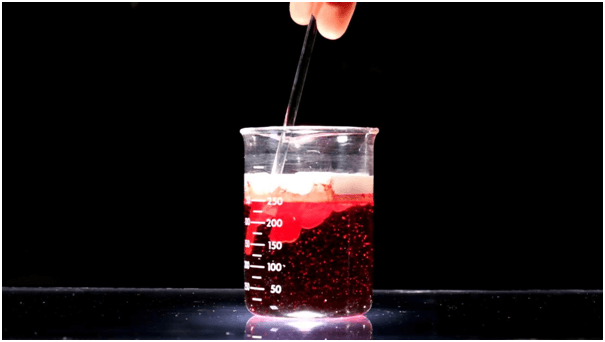Wax emulsions basically refer to stable mixtures of one or more waxes in water. From our basic knowledge in science, we know that water and wax are immiscible. However, these two compounds may be made to mix with the help of surfactants. On www.waxtechs.com you’ll find wax additives in various forms that have been made using cleaver preparation processes. These emulsion wax suppliers have a wide range of additives containing different blends of waxes depending on their final applications.
Applications of Wax Emulsions
Wax emulsions have many technical uses such as making plastics, printing ink, leather polishes, textiles, lubrication, glass bottle protection, metal corrosion resistance, and water-based varnish. Those that are made of natural waxes are used to coat candy, fruits, and other crops.
There are other special types of wax such as the carnauba wax and the paraffin wax that are used in making creams and ointments.
In a nutshell, wax emulsions are designed in such a way that they deliver similar properties as petroleum-based waxes only that wax emulsions are more environmental friendly. Not only are the wax emulsions “green” but they’re also readily available.
The Action Mechanisms Of Wax Emulsions
This section will help us understand more how wax emulsions really behave. Here are two mechanisms in which wax emulsions function:
- Blooming Mechanism Of Wax Emulsions
The melted wax particles attach themselves on the surface and after the wax cools down a thin but continuous layer is formed. If the surface and the wax are not compatible, the migration phenomenon will most likely happen.
- Ball-Bearing Mechanism Of Wax Emulsions
In this case, the wax is not molten. Instead, solid wax particles are used. They migrate individually to the surface and protrude to act as a physical barrier. They prevent any other surface from coming in close contact.

Typical Effects Obtained with Wax Emulsions
The wax emulsion treatment is generally quite inexpensive and is associated with much les side effects as compared to other surface conditioner additives. Additionally, it is also more reliable when it comes to reducing inter-surface abrasion so the surfaces last longer. Let us have a look at three effects given off by the wax that give it these properties:
- Anti-Blocking Wax Emulsion Effect
This means that when two surfaces are in contact with each other, there is a non-stick effect. They will still not stick together even under the influence of temperature, pressure, or humidity. A good example of where this would be applied is in paints. Normally, if you paint a window and shut it before it completely dries up, it becomes very difficult to open that window after. Paraffin and carnauba waxes may be used to give the anti-blocking effect.
- Slip-Aid Wax Emulsion Effect
Generally, slip means that two surfaces are able to easily glide over each other without causing any damage. Proper slip-aid effects require an emulsion to concentrate at both surfaces. It has been shown that harder waxes give a better slip aid effect.
- Abrasion Resistance Wax Emulsion Effect
Wax emulsions protect surfaces from the action of rubbing, erosion, and scraping. This effect is generally a combination of basic factors such as strength, toughness, hardness, elasticity, and slip. Wax emulsions have a great ability to resist rubbing damage.
Conclusion In this article, we have given an explanation of the dynamics by which wax emulsions operate. We also tried to link the various wax emulsion properties to the various performance characteristics and hope that after reading you got a better understanding of wax emulsion technology. Generally, for any of these properties to be effective, the wax particles need to protrude on the surface and form a coating layer.








